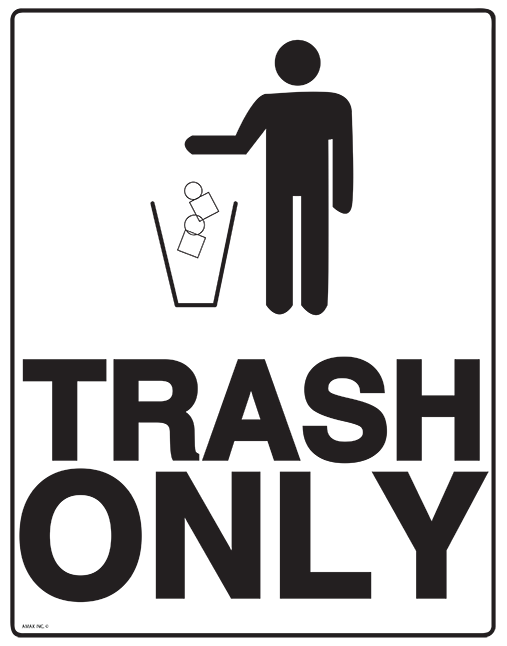
Universal Waste Glossary of Regulatory Terms.View the 2019 final rule (PDF) (19 pp, 369 K, About PDF) that added aerosol cans to the universal waste program (84 FR 67202).View the 2005 final rule (PDF) (16 pp, 253 K, About PDF) that added mercury containing equipment (which encompasses thermostats) to the universal waste program (70 FR 45508).View the 1999 final rule (PDF) (25 pp, 262 K, About PDF) that added hazardous waste lamps to the universal waste program (64 FR 36466).
 View the 1995 final rule (PDF) (60 pp, 780 K, About PDF) that established the universal waste program (60 Federal Register 25492). Read through frequent questions about universal waste.
View the 1995 final rule (PDF) (60 pp, 780 K, About PDF) that established the universal waste program (60 Federal Register 25492). Read through frequent questions about universal waste. #Trash x symbol manual#
Check out Chapter 3 of the RCRA Orientation Manual for a summary of the universal waste program. Finally, the standards also include a labeling requirem ent, a requirement to respond to releases, and a requirement for universal waste to ultimately be managed at a facility that is permitted or otherwise designated for receiving hazardous waste, like a hazardous waste recycler. The requirements are tailored to each specific type of universal waste and differ for small quantity handlers and large quantity handlers. The universal waste regulations do require that the materials be managed in a way that prevents releases to the environment. very small quantity generator, small quantity generator, or large quantity generator). In addition, once subject to the universal waste regulations, universal wastes do not need to be counted toward a generator’s category (i.e. In general, materials managed as universal waste can be stored for a year and are not required to be shipped with a manifest or by a hazardous waste transporter. 
Universal waste destination facilities.Large quantity handlers of universal waste (accumulates 5,000 kg or more of universal waste),.Small quantity handlers of universal waste (accumulates less than 5,000 kg of universal waste),.There are also four types of regulated participants in the universal waste system: View EPA’s comparison tables for a summary of the main universal waste requirements for generators and transporters and the similarities and differences between the universal waste and hazardous waste requirements.






 0 kommentar(er)
0 kommentar(er)
